Chitwan National Park Birding
Chitwan National Park, located in the heart of Nepal's Terai region, is one of the most popular destinations for birding enthusiasts worldwide. This UNESCO World Heritage Site spans over 932 square kilometers of dense forests, grasslands, and wetlands, creating a rich and varied habitat conducive to a diverse range of bird species.
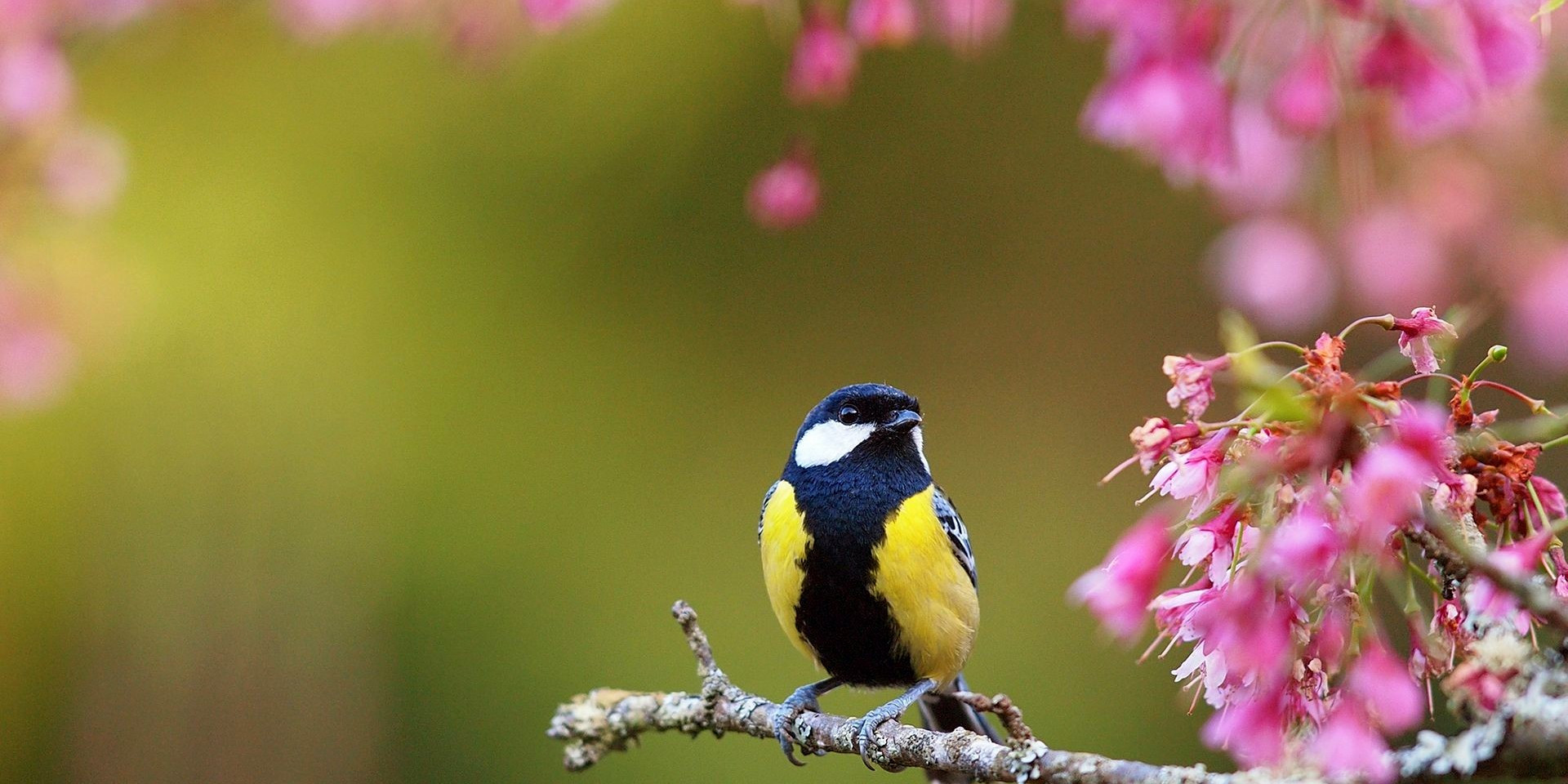
-
Bird Diversity in Chitwan National Park: Chitwan is home to more than 550 species of birds, making it one of the richest parks for avian species in Nepal. It provides a sanctuary for an array of both resident and migratory birds, including several endangered and threatened species. Notable birds that can be spotted in Chitwan include the Bengal Florican, Giant Hornbill, Lesser Florican, and Black-chinned Yuhina. The park is also famous for its population of peafowl, woodpeckers, several species of eagles, and the elusive Paradise Flycatcher.
-
Bird Watching Seasons: The best time for bird watching in Chitwan is from September to November and then from February to April when migratory birds visit the park. During these months, the weather is also generally more pleasant, and visibility is better, enhancing the overall birding experience.
-
Birding Activities: Chitwan National Park offers a variety of ways to observe its feathered residents. Guided bird-watching walks are popular early in the morning when birds are most active. Canoe trips along the Rapti and Narayani Rivers provide a unique vantage point for waterfowl and shorebirds, while jeep safaris into the deeper parts of the forest increase the chances of encountering rarer species in their natural habitats.
-
Conservation Efforts: The conservation efforts in Chitwan National Park have been highly successful, particularly in terms of habitat preservation and the protection of endangered species. These efforts are crucial for maintaining the ecological balance and ensuring that the bird populations thrive. Educational programs and eco-tourism initiatives such as bird watching also play significant roles in promoting conservation awareness among visitors.
-
Experience with Chitwan: Visitors to Chitwan National Park can expect not only to enjoy the thrill of spotting rare and beautiful birds but also to gain deeper insights into the importance of biodiversity and conservation. The park's commitment to preserving its natural environment makes it a model for conservation and eco-tourism.
Bird watching in Chitwan National Park offers an exceptional opportunity to witness some of the most fascinating bird species on the planet in a protected and thriving environment. It's an essential destination for any nature lover or birding enthusiast visiting Nepal.
Bardia National Park Birds
Bardia National Park, located in the remote Western Terai region of Nepal, offers a distinctly serene and less commercialized bird watching experience compared to more frequented sites like Chitwan National Park. This park covers approximately 968 square kilometers of vast wilderness, primarily comprised of dense forests, grasslands, and river habitats, making it an ideal setting for diverse bird populations.
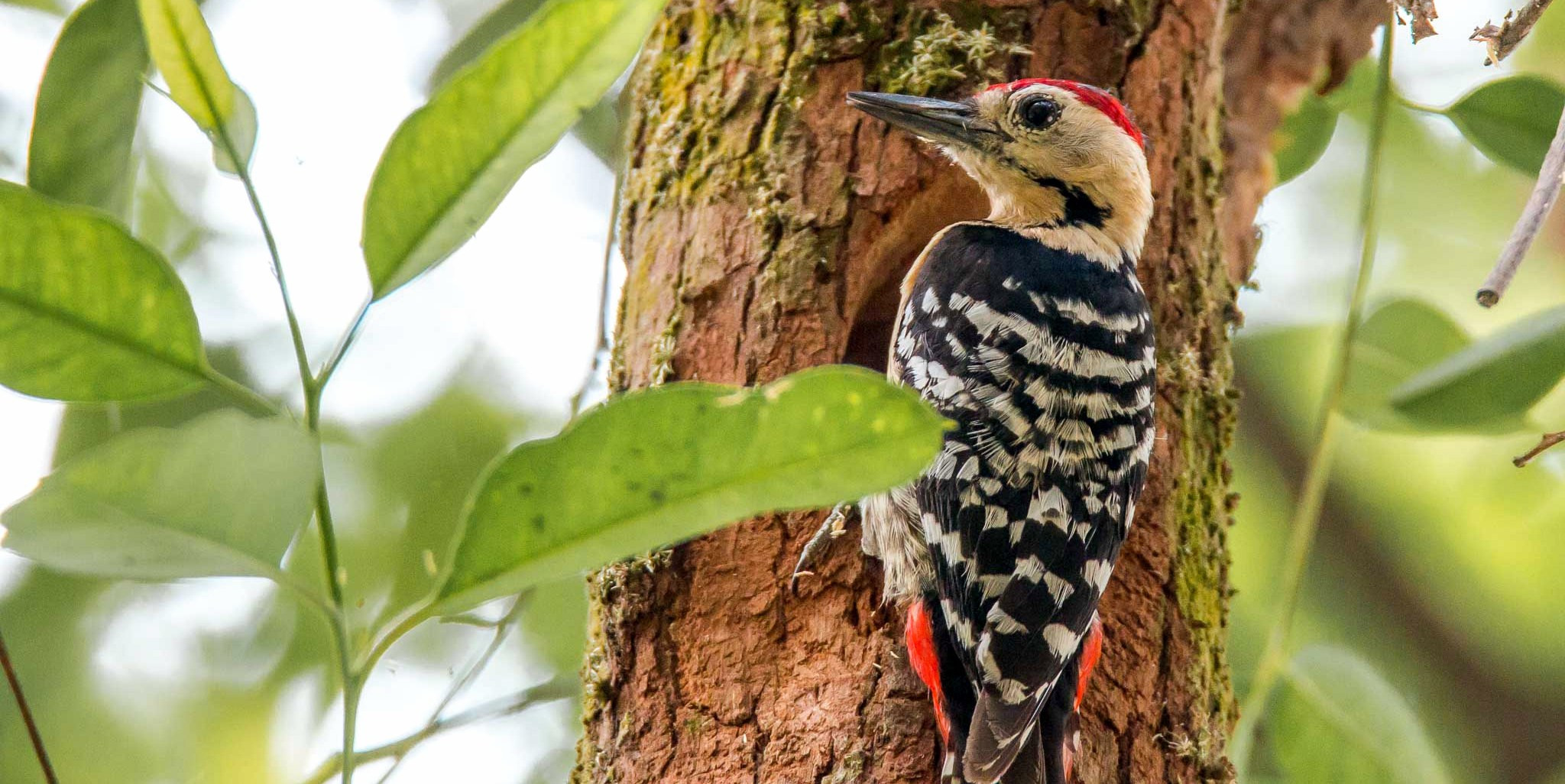
-
Bird Diversity in Bardia National Park: Bardia is home to over 400 species of birds, making it a vibrant birding destination. Its extensive variety of habitats supports a wide range of bird species, both resident and migratory. Key species to watch for include the endangered Bengal Florican, Sarus Crane, and several varieties of owls and raptors. The park's riverine forests are perfect for spotting the Lesser Adjutant, Black-capped Kingfisher, and the White-backed Vulture, among others.
-
Bird Watching Seasons: The best times to visit Bardia for bird watching are during the spring (March to May) and autumn (September to November) months. During these periods, migratory birds pass through the area, and the resident birds are in their breeding plumage, which makes them easier to spot and identify. Additionally, the weather is more temperate, making excursions more comfortable.
-
Birding Activities: Bardia National Park offers a range of activities to enhance the bird watching experience. Guided walking tours are particularly popular, as they allow for close encounters with the park's avian life without the noise and intrusion of vehicles. Canoe trips along the Karnali River provide opportunities to observe waterbirds in their natural habitats. For those interested in a broader exploration, elephant-back safaris and jeep tours are also available, though walking remains the most recommended method for serious birders.
-
Conservation Efforts: The park's conservation programs have been instrumental in protecting habitats crucial for both the wildlife and the local communities. Bardia’s efforts in community-based conservation have helped in safeguarding the bird habitats against poaching and deforestation, ensuring sustainable eco-tourism practices that benefit both the environment and the indigenous populations.
-
Visitor Experience: Visitors to Bardia National Park can expect a tranquil environment largely untouched by mass tourism. The park's natural beauty, combined with its rich bird life and the warmth of the local Tharu community, provides an enriching and educational experience. Bird watchers can enjoy the thrill of spotting rare species in the wild and contribute to the conservation efforts simply by choosing Bardia as their destination.
Bardia National Park offers a unique and rewarding bird watching experience, set against the backdrop of Nepal's stunning natural landscape. Its commitment to conservation and community involvement makes it a model destination for sustainable birding and wildlife tours.
Koshi Tappu Bird Watching
Koshi Tappu Wildlife Reserve, spanning the floodplains of the Sapta Koshi River in eastern Nepal, is acclaimed as a birdwatcher's haven, particularly celebrated for its significant populations of waterfowl and waders. This reserve, covering about 175 square kilometers, was specifically established to protect the fragile ecosystem of the Koshi River basin, and it has been designated as a Ramsar site due to its importance as a wetland habitat.
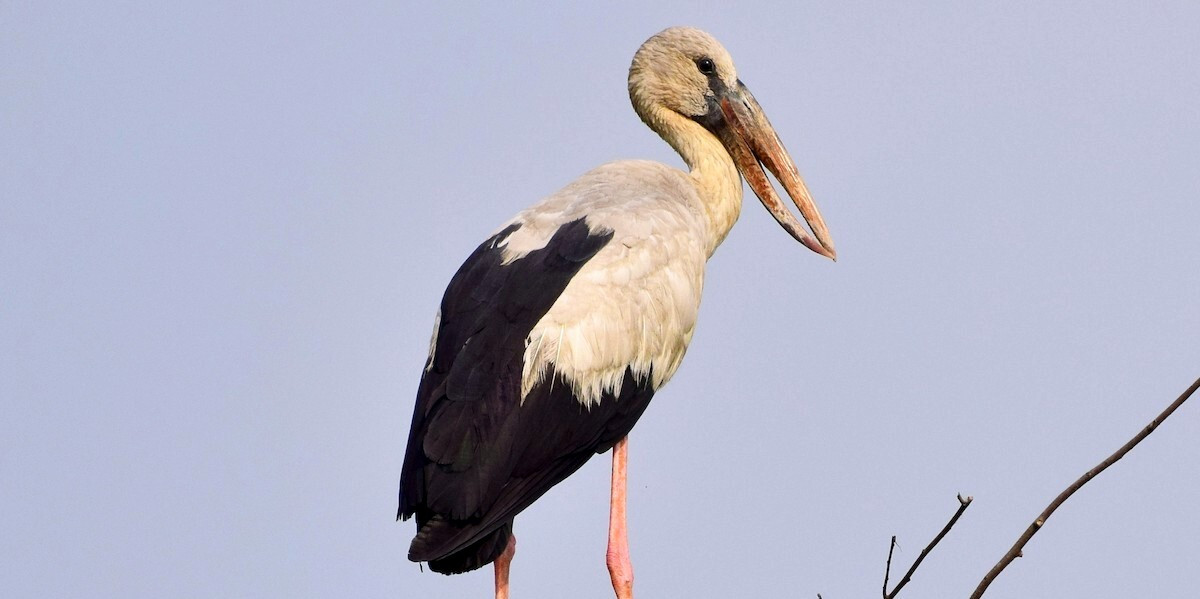
-
Bird Diversity in Koshi Tappu Wildlife Reserve: Koshi Tappu is home to more than 485 species of birds, a testament to its rich and varied avian life. It is especially renowned for hosting the largest concentration of water birds in Nepal, which flock to the reserve during the winter months. Noteworthy species include the rare Bengal Florican, the Black-necked Stork, and large numbers of the Lesser and Greater Adjutants. The reserve is also a vital pit stop for many migratory birds, making it an ideal spot for observing species that are not commonly seen elsewhere in Nepal.
-
Bird Watching Seasons: The peak season for bird watching in Koshi Tappu is from October to March when migratory birds escape the cold northern winters. During this period, the reserve becomes a bustling hub of avian activity, offering spectacular sightings of diverse bird species congregating in the wetlands. Early mornings are particularly fruitful for birdwatching, as many birds are more active and visible during this time.
-
Birding Activities: Bird watching in Koshi Tappu can be enjoyed via various methods. Walks along designated trails and riverbanks offer up-close encounters with many bird species. Additionally, boat trips along the Koshi River provide unique perspectives of aquatic and shoreline birds in their natural habitats. For those keen on a broader exploration, jeep safaris are available to cover more ground across different terrains within the reserve.
-
Conservation Efforts: Koshi Tappu Wildlife Reserve plays a crucial role in the conservation of water birds and their habitats. Efforts here focus on habitat preservation and managing the delicate balance between human activity and ecological needs. Educational programs and sustainable tourism practices are actively promoted to raise awareness and ensure the protection of this vital ecosystem.
-
Visitor Experience: Visitors to Koshi Tappu can expect an immersive experience in one of the most important bird sanctuaries in Asia. The reserve offers not only exceptional birdwatching opportunities but also the chance to enjoy the tranquil beauty of the untouched wetland landscapes. The local hospitality, coupled with the abundance of wildlife, makes Koshi Tappu a must-visit for anyone interested in ornithology and nature conservation.
Koshi Tappu Wildlife Reserve stands out as a prime destination for bird watching in Nepal, offering a rich tapestry of birdlife and natural beauty. Its status as a key habitat for both resident and migratory birds underscores its global importance as a conservation area.
Shivapuri Bird Watching and Beyond
Shivapuri Nagarjun National Park, located on the northern fringe of Kathmandu, is a prime destination for bird watching, offering an easily accessible escape into nature for residents and visitors of the capital. Covering over 159 square kilometers, Shivapuri is not only significant due to its proximity to an urban area but also because of its rich biodiversity, which includes a remarkable variety of birds, making it a perfect spot for bird watching and nature treks.
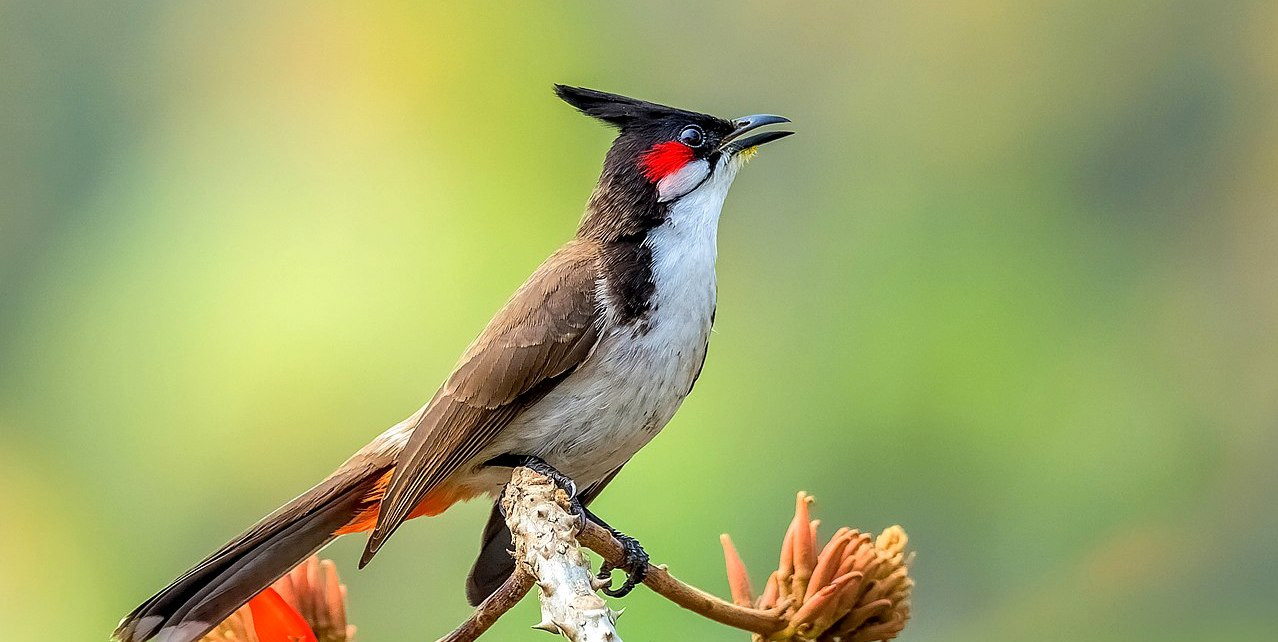
-
Bird Diversity in Shivapuri Nagarjun National Park: Shivapuri is home to over 318 species of birds, which makes up about one-third of the species found in Nepal. The park's varied altitude, ranging from 1350 to 2732 meters, supports diverse habitats from dense oak and pine forests to mixed hardwood, providing ideal conditions for different bird species. Notable birds in Shivapuri include the Spiny Babbler, Nepal’s only endemic bird, along with other species like the Hoary-throated Barwing, and the Yellow-bellied Fantail. The park also supports several species of flycatchers, thrushes, and the elusive pheasants during the winter months.
-
Bird Watching Seasons: The best times for bird watching in Shivapuri are during the spring (March to May) and autumn (September to November). These periods coincide with migratory patterns when many species pass through the region, and resident birds are in breeding plumage, which makes them easier to observe and identify. Additionally, the weather is pleasant, enhancing the overall experience of outdoor activities.
-
Birding Activities: Shivapuri offers various trails and routes ideal for bird watching, ranging from gentle walks to more strenuous hikes, allowing visitors of all fitness levels to enjoy birding. Guided bird watching tours are highly recommended to maximize the chances of spotting and correctly identifying species, as local guides are knowledgeable about bird locations and behaviors. The park's main entrance at Budhanilkantha provides maps and information, making self-guided walks possible for the more adventurous.
-
Conservation Efforts: Shivapuri Nagarjun National Park plays a crucial role in the conservation of the valley’s watershed and biodiversity. Efforts in the park include habitat preservation, anti-poaching measures, and environmental education programs aimed at promoting sustainable tourism and environmental awareness among visitors and local communities.
-
Visitor Experience: Visitors to Shivapuri can enjoy more than just bird watching; the park offers panoramic views of the Kathmandu Valley, and on clear days, views of the northern mountain ranges. There are several historical and religious sites within the park, including Baghdwar, the source of the Bagmati River, and several Hindu and Buddhist shrines, adding a cultural dimension to the visit.
Shivapuri Nagarjun National Park is not just an excellent location for bird watching but a comprehensive natural retreat that offers hiking, spiritual solace, and ecological education. It stands out as a vital green space contributing significantly to the environmental and cultural richness of the Kathmandu Valley.
Annapurna Bird Species
The Annapurna region, renowned for its breathtaking trekking routes, is equally celebrated for its diverse avian population, making it a splendid destination for bird watchers. This area in the heart of the Nepalese Himalayas offers a unique combination of high-altitude environments and lush subtropical forests, providing habitats for a wide array of bird species.
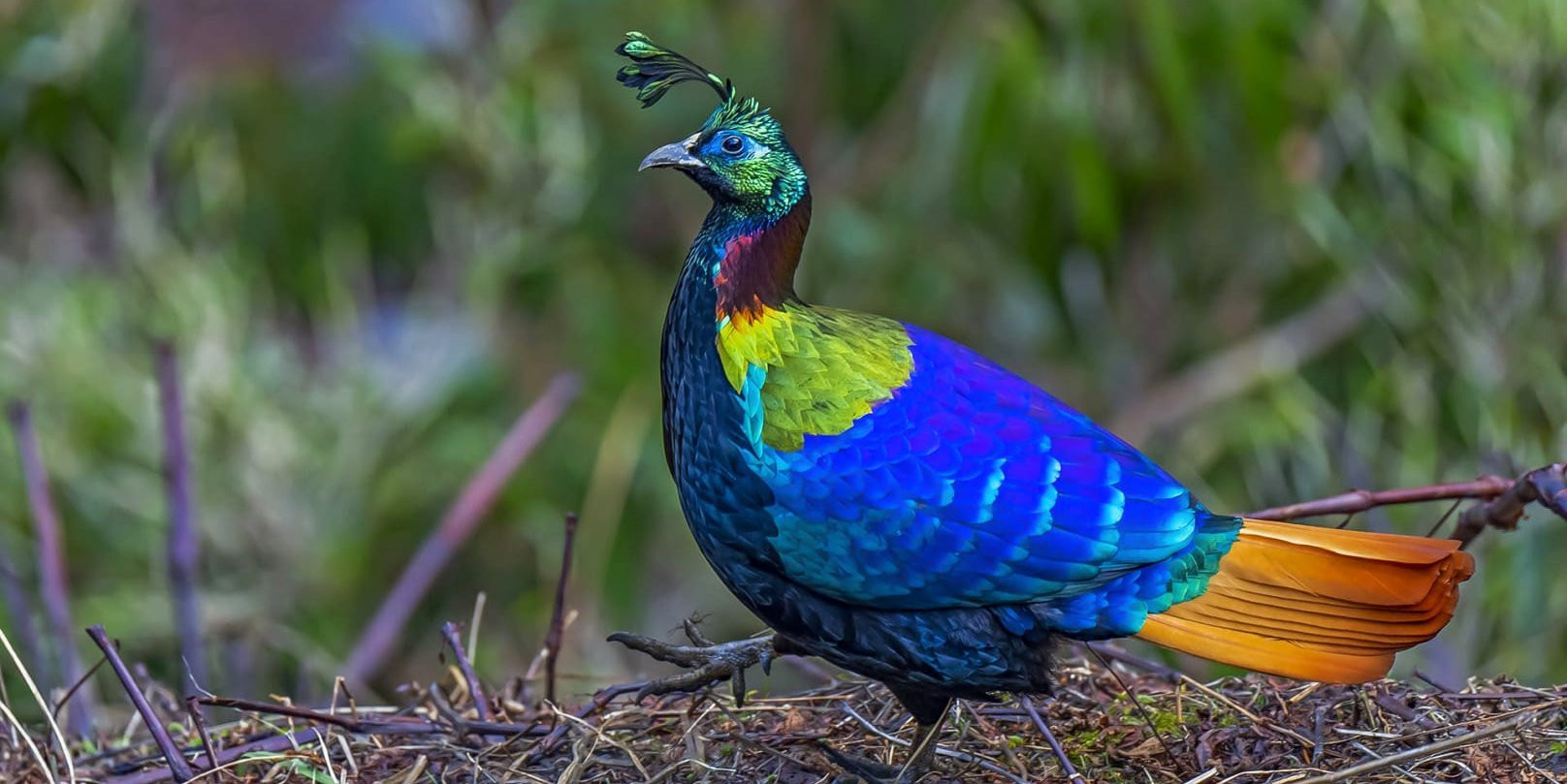
-
Bird Diversity in the Annapurna Region: The Annapurna Conservation Area, covering 7,629 square kilometers, is home to over 470 species of birds, making it one of the most bird-rich regions in Nepal. Among these, the area boasts several high-altitude specialists that are seldom seen elsewhere. Notable among them is the spectacular Himalayan Monal, Nepal’s national bird, known for its iridescent plumage. Other significant species include the Satyr Tragopan, Snow Partridge, and the rare Cheer Pheasant. Lower down in the forests, birders can find a variety of thrushes, flycatchers, and warblers.
-
Bird Watching Seasons: The best time for bird watching in the Annapurna region is during the spring months (April to early June) when many species are in their breeding plumage and are more vocal, making them easier to spot. Autumn (late September to November) is also excellent as the weather is clear, and migratory birds pass through the area. These periods also generally offer the best trekking conditions—crystal-clear views and stable weather.
-
Birding Activities: Bird watching in the Annapurna region can be combined with trekking activities, providing an adventurous way to explore the area's natural beauty. Popular trekking routes like the Annapurna Circuit and the Annapurna Base Camp trek offer ample opportunities to observe high-altitude bird species in their natural habitats. For a more focused birding experience, less-traveled paths like the Mardi Himal trek or the trails around Ghorepani and Poon Hill can be rewarding.
-
Conservation Efforts: The Annapurna Conservation Area Project (ACAP) has been a pioneer in Nepal for its community-based conservation model. This initiative focuses on sustainable development, biodiversity conservation, and the improvement of local livelihoods. Such efforts are crucial for maintaining the balance between tourism and conservation, ensuring the protection of bird habitats while benefiting the local communities economically.
-
Visitor Experience: Visitors to the Annapurna region are treated not just to a spectacular array of bird species but also to some of the most stunning landscapes in the world—from rhododendron forests ablaze with spring colors to high-altitude vistas overlooking snowy peaks. The region's rich cultural tapestry, represented by various ethnic groups such as the Gurung and Thakali, adds another layer of depth to the bird watching experience.
In conclusion, the Annapurna region offers a remarkable birding adventure set against the backdrop of the Himalayas, appealing to bird enthusiasts and nature lovers alike. Its combination of biodiversity, natural beauty, and cultural richness makes it an exceptional destination for anyone interested in the avian life of Nepal.
Langtang Valley Birding
Langtang Valley, nestled within the beautiful Langtang National Park in northern Nepal near the Tibetan border, offers a unique bird watching experience, characterized by its remote, rugged landscapes and the diverse ecosystems ranging from subtropical forests to alpine scrub and perennial ice. The region's relative seclusion makes it an excellent destination for birders looking for a less crowded, more natural setting.
.jpg)
-
Bird Diversity in Langtang Valley: Langtang Valley hosts an impressive variety of bird species, with over 250 species recorded within the park's boundaries. This rich avian diversity includes a mix of Himalayan and trans-Himalayan species, some of which are unique to this part of the world. Noteworthy species include the Ibisbill, which is often spotted along the riverbanks, the beautiful Grandala, and the elusive Snow Partridge. High-altitude birds such as the Tibetan Snowcock and the Lammergeier are also common sights, soaring above the rugged mountain ridges.
-
Bird Watching Seasons: The optimal times for bird watching in Langtang are during the spring (April to May) and autumn (October to November) seasons. During these months, the weather is generally clear, providing excellent visibility and conditions for trekking and bird spotting. Spring is particularly vibrant as many birds are in their colorful breeding plumage and are more active, making them easier to observe.
-
Birding Activities: Birding in Langtang Valley can be approached through various trekking routes, offering an adventurous way to combine physical activity with bird watching. The main trail through Langtang Valley to Kyanjin Gompa is dotted with diverse habitats, ideal for observing a wide range of bird species. Additionally, the quieter trails, such as those leading to Gosainkunda or the Panch Pokhari area, provide serene environments perfect for spotting shy and elusive species.
-
Conservation Efforts: Langtang National Park plays a vital role in the conservation of its diverse ecosystems and species through strict protection measures and sustainable tourism practices. The area was heavily impacted by the 2015 earthquake, and recovery efforts have focused on rebuilding in a way that supports both the local communities and the conservation objectives, highlighting the resilience of the region.
-
Visitor Experience: Visitors to Langtang Valley are treated not only to exceptional bird watching opportunities but also to breathtaking views of dramatic gorges, towering peaks, and ancient monasteries, encapsulating a true Himalayan spirit. The region’s cultural heritage, primarily influenced by Tibetan Buddhism, adds an enriching cultural dimension to any birding trip. Langtang offers a holistic experience that combines natural beauty, cultural encounters, and rich biodiversity, making it a must-visit destination for those interested in Himalayan birds.
Langtang Valley provides a rewarding bird watching experience set against the backdrop of some of Nepal’s most stunning and varied landscapes. It is an ideal destination for birders seeking solitude and the thrill of discovering species in a high-altitude Himalayan environment.
What is bird watching?
Bird watching, also known as birding, is the observation and study of birds with the naked eye or through a visual enhancement device like binoculars. It's a recreational activity and a form of wildlife observation that can be done as a simple backyard activity or as part of dedicated trips to specific locations where unique or diverse bird species are known to exist.
Bird watching involves identifying different bird species and observing their behaviors, habitats, and characteristics. It often requires patience and quiet, as birds are easily startled and can be challenging to spot. Many bird watchers keep a life list, which is a record of each bird species they have seen and identified in their lifetime. This can become a lifelong pursuit, where the list grows over many years.
The activity is popular among all ages and can be a relaxing way to connect with nature. Bird watching also contributes to citizen science; many birders submit their observations to databases that help track bird populations and conservation status, providing valuable data for scientific research and environmental monitoring. This makes bird watching not only an enjoyable pastime but also a significant contributor to conservation efforts.
Rules and Regulations for Bird Watching in Nepal
Bird watching in Nepal is an enriching experience due to the country's vast biodiversity and stunning landscapes. Here are some tips to help you get the most out of your bird watching experience in this beautiful country:
-
Choose the Right Time of Year: Timing is crucial for bird watching. The best times to go birding in Nepal are during the migratory seasons, from March to May and from September to November. During these months, you'll not only see resident birds in their breeding plumages but also migratory species that stop in Nepal during their long journeys.
-
Get the Necessary Gear: Invest in a good pair of binoculars, which is essential for spotting birds from a distance without disturbing them. A field guide to the birds of Nepal will also be invaluable for identifying different species and learning about their habits and habitats.
-
Hire a Local Guide: Consider hiring a local guide who specializes in bird watching. Guides can provide insights into bird behaviors and habitats and help you locate and identify species that you might otherwise miss.
-
Visit a Variety of Habitats: Nepal's diverse ecosystems—from wetlands to forests and high-altitude regions—house different bird species. Explore various areas like Chitwan National Park for jungle birds, Koshi Tappu for waterfowl, and the Annapurna or Langtang regions for high-altitude species.
-
Maintain a Safe and Respectful Distance: Always keep a respectful distance from the birds and their nesting sites. Disturbing birds can cause them stress and may lead to abandoning their nests. Use your binoculars or a telephoto lens for close-up views.
-
Be Patient and Quiet:Bird watching often requires patience. Birds are more likely to show themselves in quiet, non-threatening environments. Move slowly, keep noise to a minimum, and be patient; sometimes, you may need to wait quietly for birds to appear.
-
Dress Appropriately: Wear suitable clothing for the terrain and weather. Layers are recommended, as temperatures can vary greatly, especially in mountainous regions. Opt for clothing that blends into the environment—earth tones and greens are ideal.
-
Keep a List: Keeping a list of birds you've seen can be incredibly rewarding. This list, often called a "life list" in the birding community, helps you keep track of your observations and personal achievements in birding.
-
Contribute to Conservation: Consider contributing to bird conservation efforts. This can be as simple as respecting wildlife laws and regulations, or participating in bird counts and other citizen science projects that help track bird populations and health.
-
Enjoy the Whole Experience: While bird watching is the focus, don't forget to enjoy the overall experience and the natural beauty of Nepal. The culture, landscapes, and people are all part of what makes birding in Nepal so special.
By following these tips, you'll enhance your bird watching experience in Nepal, making it not only enjoyable but also respectful to the wildlife and ecosystems you are exploring.
Ideal Time for Bird Watching in Nepal
The Ideal time for bird watching in Nepal largely depends on the region and the specific species you're interested in observing, but generally, the country's varied climate and topography allow for year-round birding opportunities with peak seasons during migration periods. Here's a breakdown of the optimal times:
-
Spring (March to May): Spring is one of the best times for bird-watching in Nepal. During this period, the weather is generally clear with moderate temperatures, making it comfortable for long days outdoors. This is also a time when many birds are in their breeding plumage, which makes them easier to spot and identify. Additionally, migratory birds return from their wintering grounds, adding to the local biodiversity. The forests and national parks are alive with the sounds and sights of birds, making it a vibrant time for bird watchers.
-
Autumn (September to November): Autumn is another excellent season for birding in Nepal. During these months, the weather is stable after the monsoon, providing clear skies and good visibility. This season also marks the return migration, when birds start heading south to their wintering areas. It's a great time to catch a variety of migratory species as they pass through Nepal, alongside the resident species preparing for the colder months.
-
Winter (December to February): Winter is a good time to spot resident birds and some wintering species, especially in the lower regions like the Terai, which includes national parks such as Chitwan and Bardia. These areas remain relatively warm, attracting birds from higher altitudes and northern latitudes seeking milder climates. Bird activity can be high in wetlands and grasslands during this time, with less foliage making the birds easier to observe.
-
Summer (June to August): Summer, coinciding with the monsoon season, is generally considered less ideal for bird watching due to heavy rains, which can lead to challenging trekking conditions and reduced visibility. However, this season can also be rewarding for dedicated birdwatchers as many species are active in breeding and nesting, and the lush greenery of the landscape can be stunning. Birding early in the morning or late in the afternoon when the rainfall is lighter might yield surprising sightings.
Region-Specific Considerations
-
High-altitude areas: In places like the Annapurna or Langtang regions, bird watching can be best just before the onset of the monsoon (late spring) and after it ends (early autumn) as these times offer clearer skies and more accessible trails.
-
Lowland regions: The Terai belt remains accessible and rich in birdlife during the winter months, making it an ideal winter birding destination.
Overall, while spring and autumn are broadly the best seasons for bird watching in Nepal due to the migratory patterns, each season offers unique opportunities depending on your specific interests and the regions you plan to explore.
Combining the delights of bird observation with the stunning natural lovely of the area, bird watching in Nepal presents a varied and rich experience. Nepal offers birders of all levels from the lowland jungles to the high-altitude Himalayas unique chances to see many bird species in their natural habitats. This exercise is not only essential for conservation initiatives but also helps a person to better appreciate nature. Nepal is a great place for anyone fascinated in birds and nature since it provides both a transforming experience and one that is fulfilling.
FAQs on Bird Watching in Nepal
Q: What is the best time of year for bird watching in Nepal?
A: The optimal bird watching seasons in Nepal are during the spring (March to May) and autumn (September to November). These months align with the migratory patterns of birds, enhancing the chances to observe a diverse array of species.
Q: What are some of the top bird watching destinations in Nepal?
A: Nepal offers several prime locations for bird enthusiasts, including Chitwan National Park, known for its rich biodiversity; Bardia National Park, which hosts a range of exotic and rare birds; Koshi Tappu Wildlife Reserve, famous for its waterfowl; Shivapuri Nagarjun National Park, which is easily accessible from Kathmandu and offers rich bird diversity; and Langtang National Park, great for spotting high-altitude species.
Q: Do I need a guide for bird watching in Nepal?
A: While not mandatory, hiring a local guide can significantly enhance your bird watching experience. Guides are knowledgeable about local species and behaviors and can lead you to the best spots during optimal viewing times.
Q: What should I bring for bird watching in Nepal?
A: Essential items for a bird watching trip include binoculars for clear distant viewing, a field guide for species identification, appropriate clothing to suit varying temperatures and altitudes, a camera for those interested in photography, and a notebook for jotting down observations and details about sightings.
Q: Are there any specific rules or regulations for bird watching in Nepal?
A: Yes, it's important to respect local wildlife regulations: do not disturb the birds, especially during their nesting period; stay on designated trails to minimize environmental impact; carry out all litter to preserve the natural habitats; and keep noise levels low to avoid startling the wildlife.
Q: How can I contribute to bird conservation in Nepal?
A: Contributing to conservation efforts can be done by participating in local conservation projects, reporting bird sightings to help with scientific research, and supporting eco-friendly tourism practices that emphasize sustainability and minimal environmental impact.
For detail on Nepal Tour.
If you are looking for different kinds of Nepal Packages, feel free to contact us.







.jpg)